Characterization of Single Photon Counters: Difference between revisions
| Line 8: | Line 8: | ||
[[File:results03_01_apdvoltage.png| | [[File:results03_01_apdvoltage.png|| This is a caption]] | ||
[[File:results03_02_ledvoltage.png| | [[File:results03_02_ledvoltage.png|| This is a caption]] | ||
[[File:results03_03_darkcounts.png| | [[File:results03_03_darkcounts.png|| This is a caption]] | ||
[[File:results03_04_led_voltage.png|frameless| This is a caption]] | [[File:results03_04_led_voltage.png|frameless| This is a caption]] | ||
[[File:results03_05_averaged_crosssection_of_data.png|frameless| This is a caption]] | [[File:results03_05_averaged_crosssection_of_data.png|frameless| This is a caption]] | ||
Revision as of 09:59, 20 April 2022
Characterization of APDs. Proposed by zhen yuan.
Idea
Count single photons using the photoelectric effect. In simple terms, there is a semiconductor part and an electronics & signal processing part. The semiconductor part is responsible for converting the incident photon into a photoelectron & hole pair. The electronics are responsible for providing the bias voltage to accelerate the photoelectron to create cascading electrons. The electronics are also needed to measure the current and turn that signal into digital signals for a computer to read.
Experimental Discussion/Results: APD counts vs LED voltage (result03)
Updates/Progress/Changelog
- 8 Feb 2022:
* Fabrication may not be possible with current resources. * Instead, we will focus on characterizing existing APDs or photodiodes that are available. * Seems that there exist some possibly faulty or broken setups of APDs, we may look to troubleshoot them. * Example of APD characterization done by FYP student from CQT[1] & masters thesis on the same topic [2]. * From the PDF, it seems that the avalanche "pulse" can be measured directly. This begs the question: how does the shape of the pulse correlate to the photon counts? * Problem posed by Christain: How are single photons defined/characterized?
- 11 Feb 2022:
* got a working signal from the "homemade" APD! * Next is to lower the light intensity of the LED and measure the signal from the APD as a function of LED power.
- 15 Feb 2022:
* attempted to connect GDS 1072B to laptop. tried the driver, but the oscilloscope could not be detected. * will look into the source to debug the driver. * able to retrieve the data via thumb drive. * Signal from homemade APD is a negative logic signal. It turns on when a photon causes an electron avalanche. (this is not what we need for the characterization) * Next, will be using the APD testing kit to test the raw APD.
- 18 Feb 2022:
* Could not get the APD kit to work. Suspect its because of an open circuit on the board (unsure if this was intended or not). * the high voltage DC-DC converter seems to be functioning properly and responsive to control voltage.
- 4 Mar 2022:
* traced and compared schematic to the actual board. slight discrepancies found. * However, now the plan is to use the DC-DC converter directly to supply high voltage to the APD and measure the response to light. * The APD is shown to respond to light as expected. * Next step is to figure out a way to supply a controlled amount of light and correlate this with the response from APD. * Also, there is a need to understand the response from APD.
- 11 Mar 2022:
* recreated APD schematic from data sheet. * The bare APD is shown to respond to light as expected. * May have burnt out APD from the previous step due to lack of resistor.
- 15 Mar 2022:
* Finally able to retrieve data directly from GDS 1072B ( GDS1072B ) * Installation of the driver is described for others. * found an opensource python interface for the oscilloscope. * Next step is to allow for continuous data collection.
Current goals
Obtain enough setup to measure a pulse from an APD. For example:
Setup
- "test" setup:
- photon source >> laser attenuator >> APD >> ADC >> Raspberry Pi
- control setup:
- photon source >> laser attenuator >> "Professional" SPCM >> ADC >> Raspberry Pi
Equipment needed
Semiconductor device:
May need a semiconductor fabrication facility with the ability to make thin films on Silicon.- A photodiode or APD to see how it performs.
Analog electronics:
- Circuit design to convert analog signal to digital signal.
Prebuild devices/hardware:
- laser source or photon source
- laser attenuator
- computer/Raspberry Pi for data processing
- Analog to Digital Converter (ADCs)
- "Professional" grade Single Photon Counting Module (SPCM) to characterize experimental setup.
- Fast oscilloscope.
tl;dr wishlist:
- Avalanche Photodiodes (need any 1)
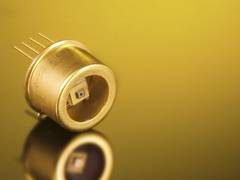
A picture of an APD. SAP series - Laser Components SAP500 (passive)
- Perkin Elmer C30902SH (passive)
- Perkin Elmer SPCM-AQR-15 (active)
- MPD PD-050-CTD-FC (active)
- APD testing kit
- Laser source
- Photon attenuator
- Computer/Raspberry Pi for data processing
Potential Problems
- Dark noise may be overwhelming, so we may need to find a way to suppress it. (I suspect this is why commercial devices cost $2k-5k)
- Fabrication cost of the custom semiconductor device may be too high or impractical... gg.com (or we just refurbish an LED/solar panel, this will have lower PDE, but maybe we can use electronics to maximise the PDE.)
- Electronic circuitry costs. (Unlikely to be too costly)
Gallery
11 Feb:
-
NIM pulse.
-
Optic Fiber with led.
-
Covered set up.
-
Signal generator to pulse the LED.
-
50 Ohms Impedence matching
-
APD used
-
Overview of setup
15 Feb:
-
apd testing kit
-
apd testing kit pin outs
-
apd testing kit electronics wiring diagram
-
Oscilloscope image of NIM pulse retrieved from thumb drive
18 Feb 2022:
-
Could not get the APD kit to work. Suspect its because of an open circuit on the board (unsure if this was intended or not).
4 Mar 2022:
-
The APD is shown to respond to light as expected. However, there is still a lack of understanding of the signal received.
11 Mar 2022:
-
recreated APD schematic from datasheet.
15 Mar 2022:
GDS 1072 B actual driver must be downloaded from https://www.gwinstek.com/en-global/products/detail/GDS-1000B
You will need an account to download it. navigate to the "hardware and devices panel" to install the driver.
This screenshot is for windows 10, win10. Openwave softwave can be downloaded from github: https://github.com/zhenyuan992/OpenWave-1KB .
Simply git clone and double click on the OpenWave-1KB.exe file
-
installation of GDS 1072B driver.
-
image output from openwave software
-
raw data output from openwave softwave
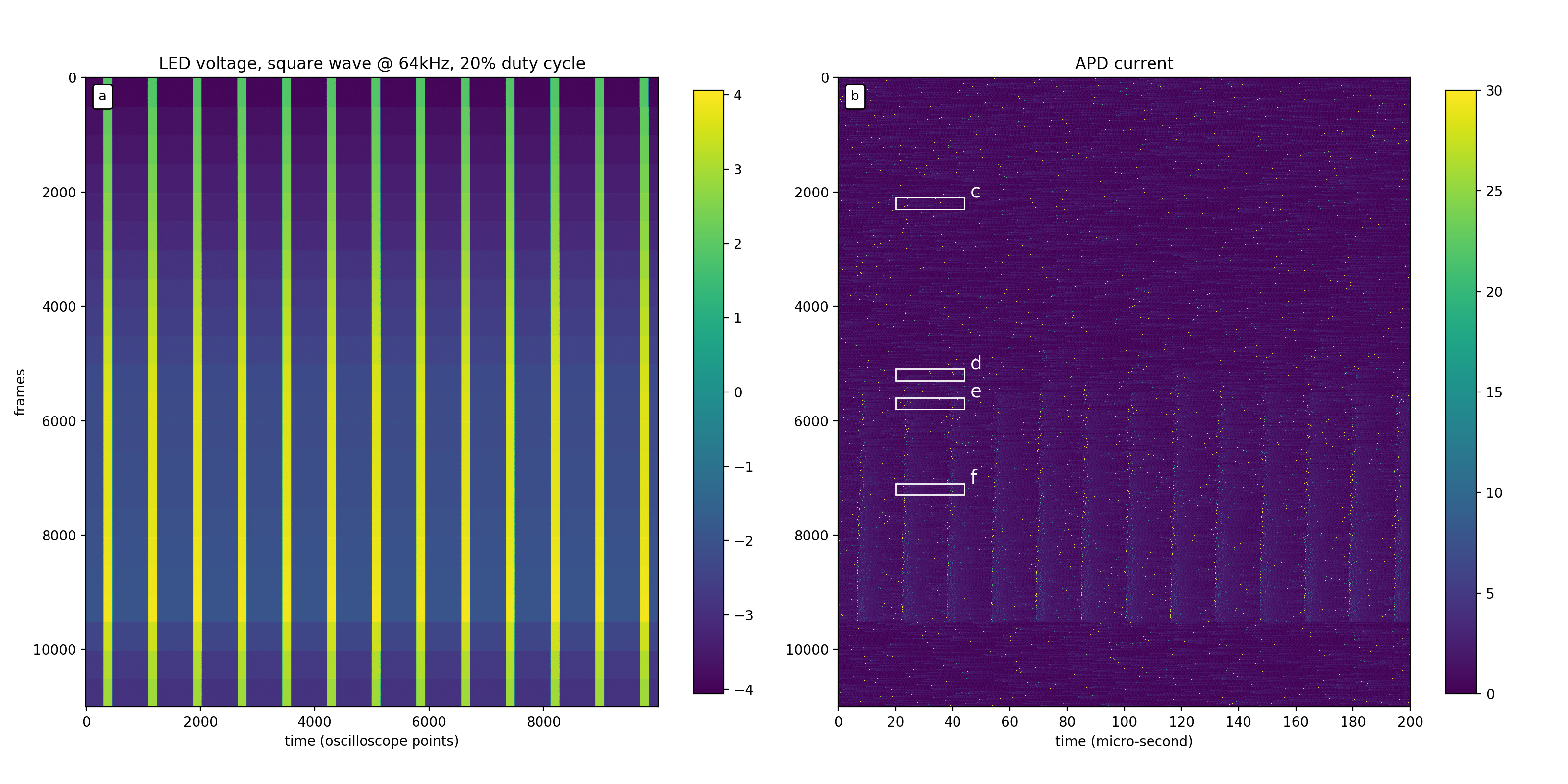
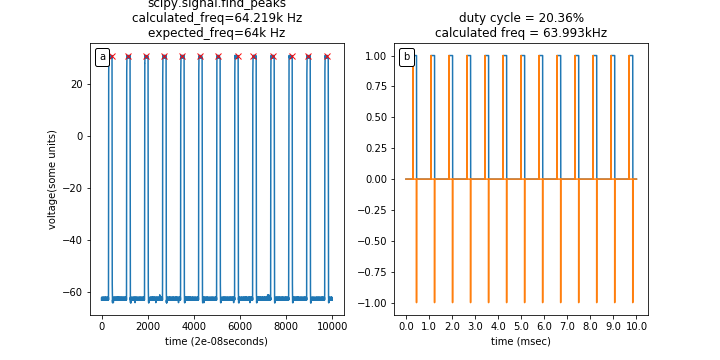
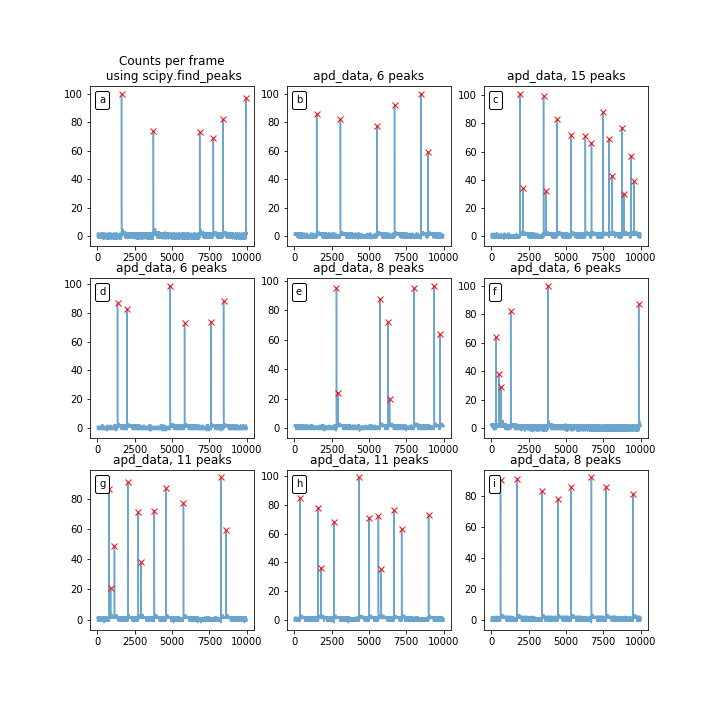
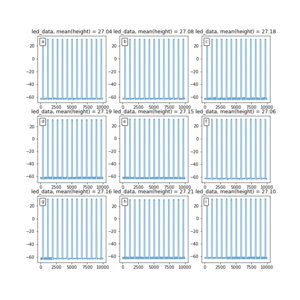
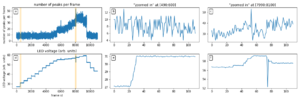

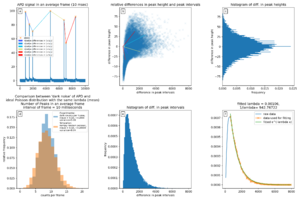
![picture taken from [1]. This is the first goal to achieve before trying to improve](/images/thumb/7/7e/First_goal.png/300px-First_goal.png)
![a setup of APD kit, taken from [1]](/images/thumb/9/9a/Apd_testing_kit_setup.png/300px-Apd_testing_kit_setup.png)




















